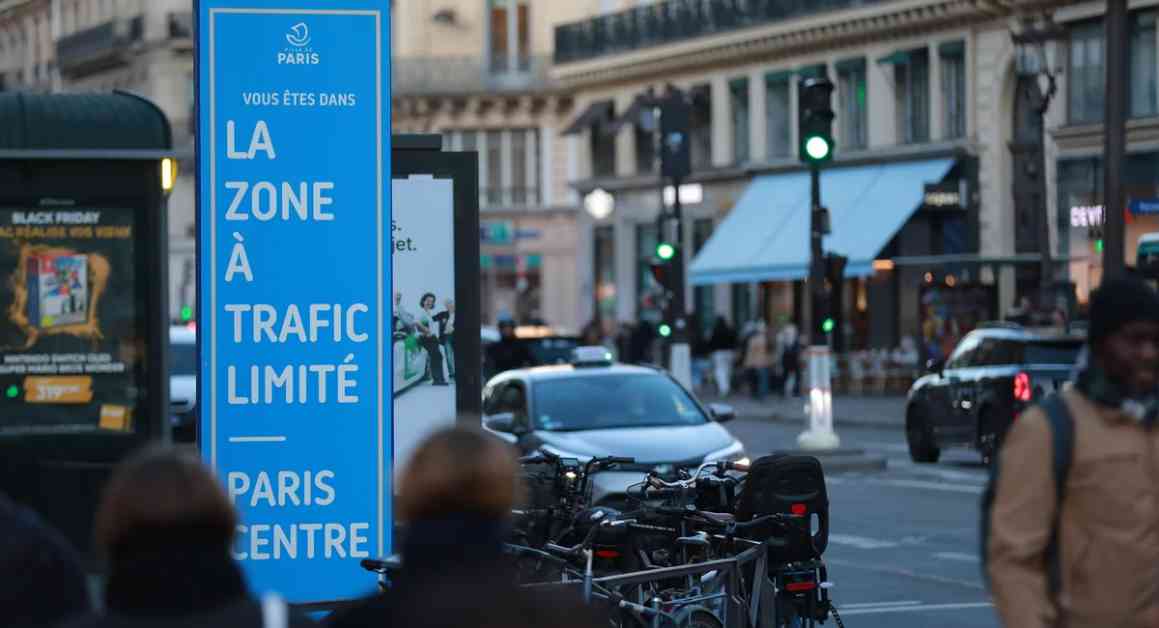Parisian Car Ban: How NYC’s Congestion Pricing Compares
As the MTA gears up to implement congestion pricing next month, transportation officials in Paris are shaking things up with their own unique approach to tackling traffic congestion and pollution. In a bold move, the French capital recently launched the Zone à Trafic Limité (ZTL), a central area encompassing the first four arrondissements where cars are not just tolled but outright banned from entering. Drivers who dare to cross into the restricted zone face fines of up to 135 euros, or about $140.
Paris vs. NYC: A Tale of Two Traffic Strategies
While Paris and New York City share common goals of reducing gridlock and pollution in their bustling urban centers, their approaches couldn’t be more different. Paris’ ZTL plan is part of a 20-year initiative by the city’s Socialist Party mayors to prioritize pedestrians and cyclists over cars. In contrast, New York’s congestion pricing program represents the city’s first major step towards addressing traffic congestion.
Expert Insights: The Paris Perspective
Urban planning professor Arnaud Passalacqua from the Ecole d’Urbanisme de Paris sheds light on the unique challenges and successes of Paris’ transportation policies. He highlights the city’s extensive efforts to reduce car traffic through measures such as widening bus lanes, implementing a citywide tram system, and lowering road speed limits. Passalacqua emphasizes that while congestion tolls may be unpopular in Paris due to existing tolls and fees, outright car bans are a more acceptable solution.
Transit Inequalities: A Global Phenomenon
Critics in both Paris and New York have raised concerns about the impact of transportation policies on different socioeconomic groups. While Paris’ mass transit system is praised for its modernity and cleanliness, some argue that Mayor Anne Hidalgo’s sustainability initiatives primarily benefit wealthier residents. Similarly, in New York, residents in underserved areas feel that congestion pricing unfairly targets them due to limited access to public transportation options.
The Future of NYC Transit: Double-Decker Buses on the Horizon?
In response to a reader question about accommodating double-decker buses in the redesigned Midtown Bus Terminal, the Port Authority has confirmed that the new facility will indeed be able to accommodate these vehicles. This development could offer improved ADA accessibility, increased passenger capacity, and more efficient use of space on the road. However, the timeline for implementing double-decker buses remains uncertain pending full funding for the project.
In conclusion, while Paris and New York employ different strategies to address urban congestion, both cities face similar challenges in balancing the needs of diverse populations with sustainable transportation solutions. As residents navigate these changes, one thing is clear: whether you’re a New Yorker or a Parisian, complaints about traffic are universal.












